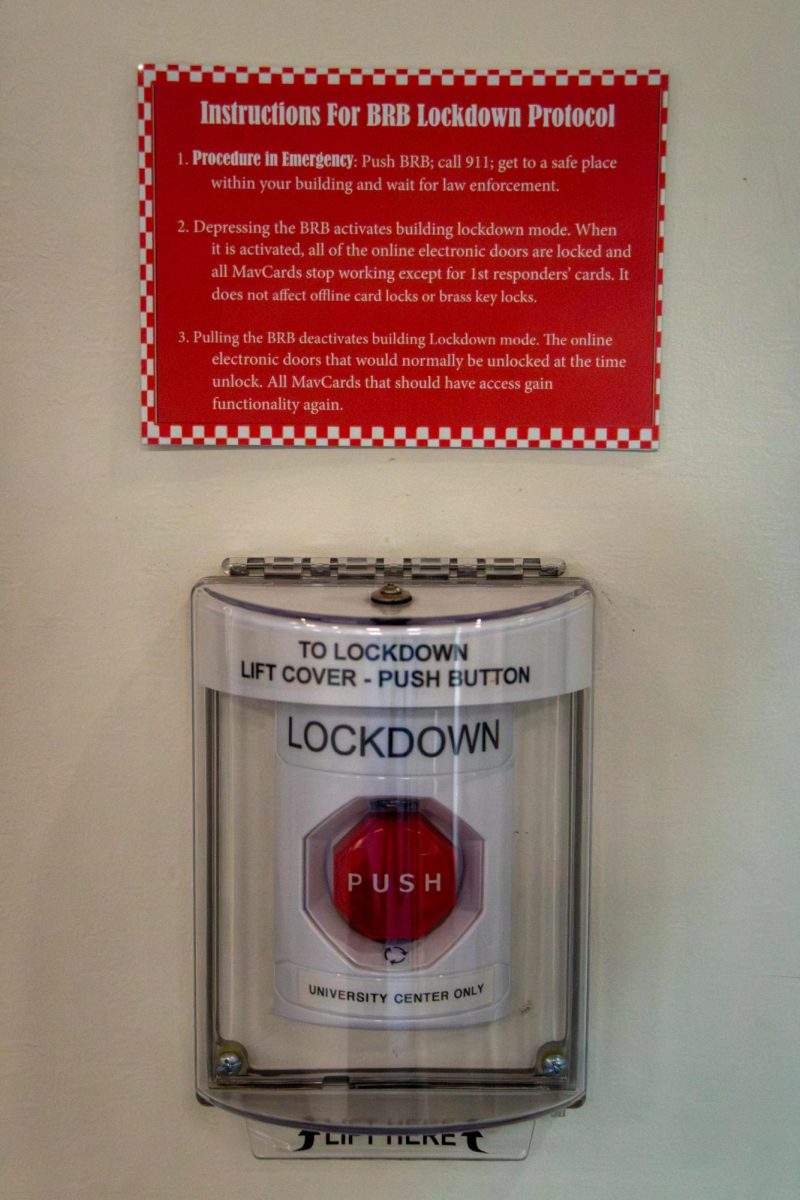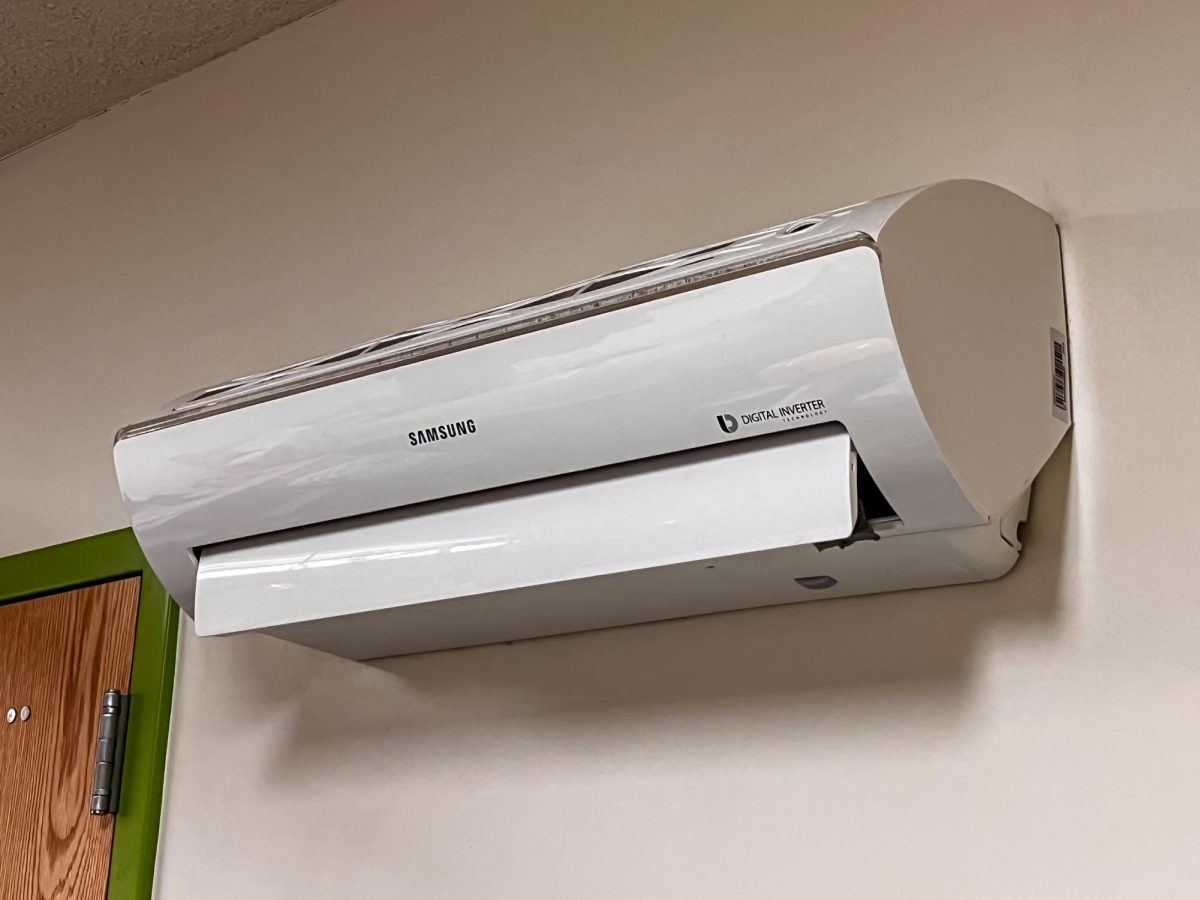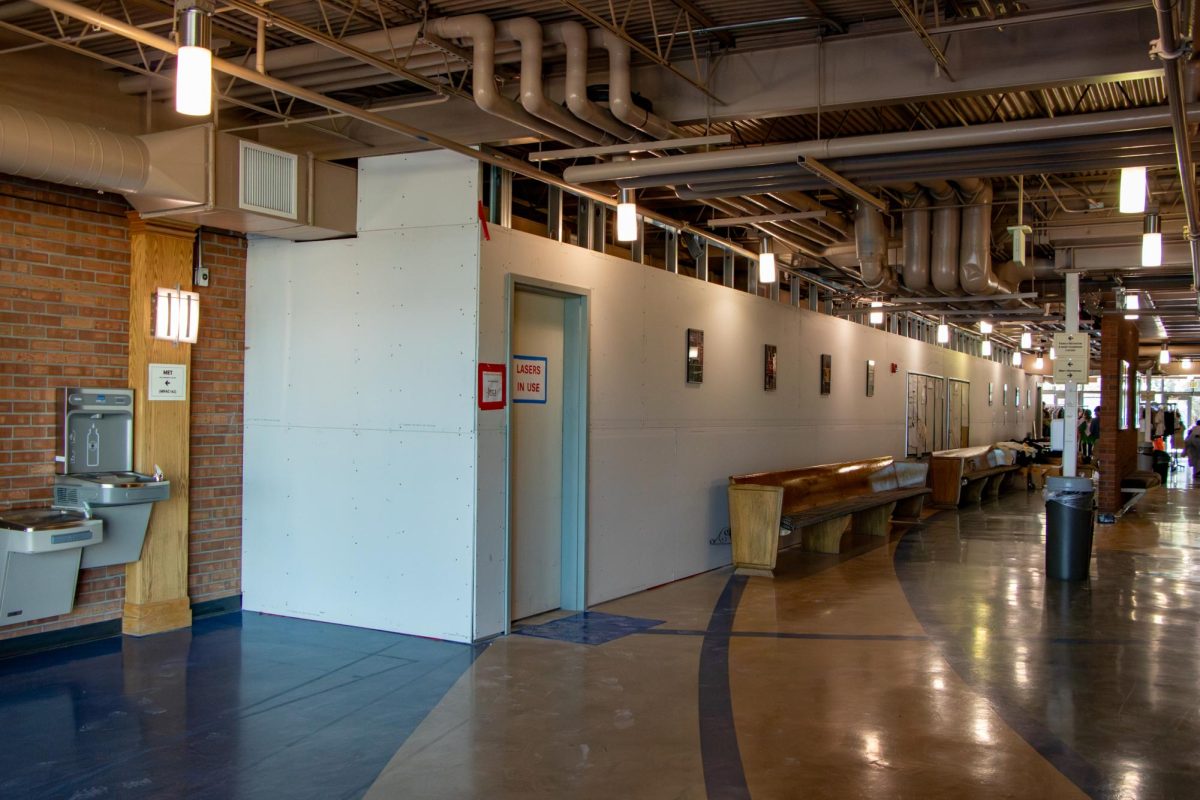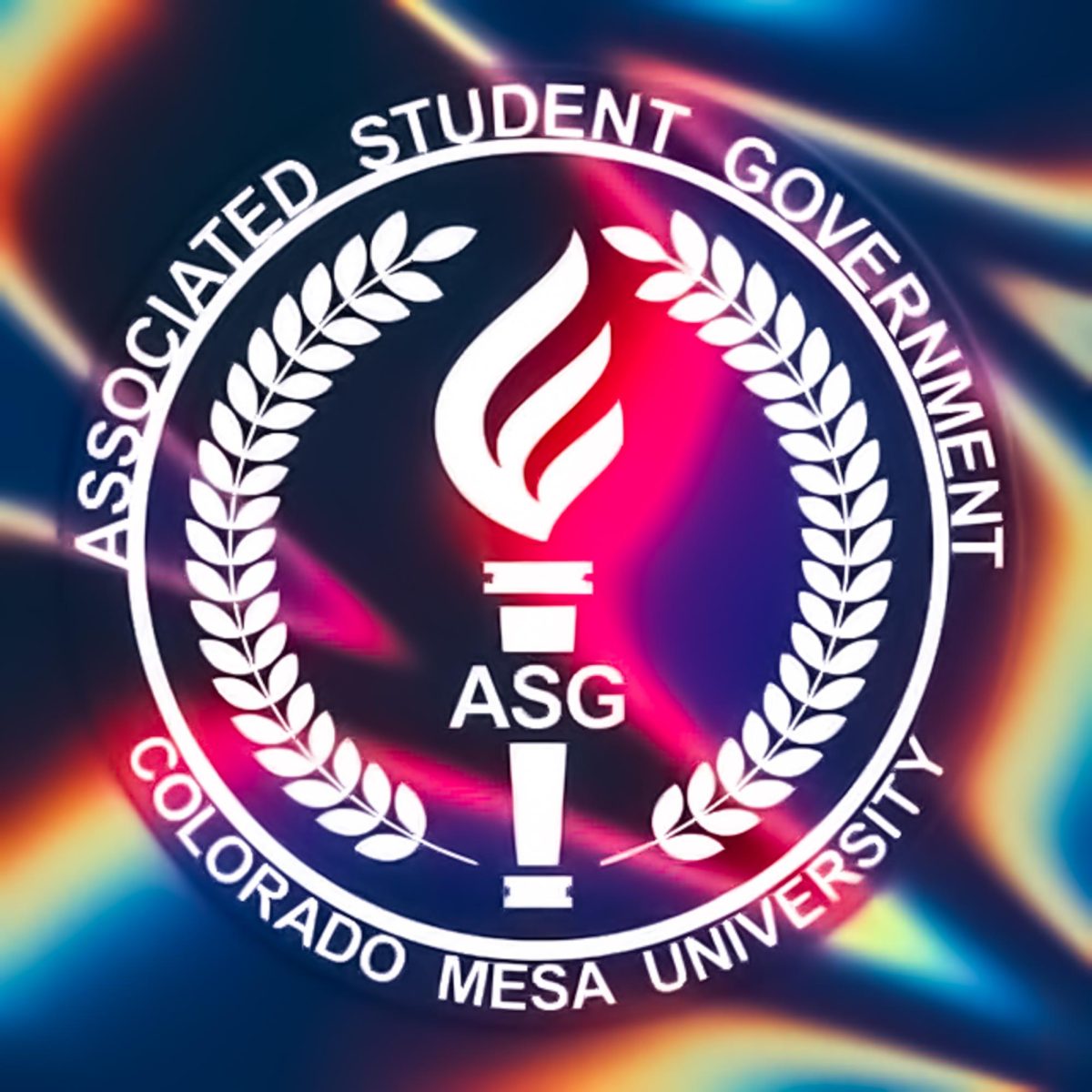The deficit in the budgets of student-fee funded organizations and boards for the 2018-2019 academic year must be made up with an increase in student fees, not borrowed from any other Colorado Mesa University internal budget.
On April 4, Vice President of Student Services John Marshall spoke with the Associated Student Government (ASG) to explain the situation that caused this deficit: more students than expected took online classes during the 2017-2018 academic year. While administrators expected the majority of online learners to be long-distance students, many in-residence students use online courses to balance their academic workload with a job, extracurricular activities or athletics.
Per online credit hour, a student pays no student activity fees. Therefore, an in-residence student enrolled in 12 in-class hours and 3 online hours can utilize all the same fee-funded activities CMU has to offer—like The Criterion, the Programming Activities Council (PAC) and the Outdoor Program—while paying fees for 12, not 15, hours.
The increase in online learning created a deficit for the coming year. Normally, the budgets of organizations are decided during the biennial process, when organizations come before the Fee Allocation Committee (FAC) and ASG and request their budgetary amount. After all the budget proposals pass through both bodies, ASG adds the amount to come up with the necessary amount of student fees to cover the cost.
Then, this amount is brought before the Board of Trustees. According to the Colorado Constitution, the Board of Trustees has the power to make all tuition and fee-related decisions. At CMU, however, the board allows students to serve in an advisory role regarding the amount of student fees.
According to Marshall, the Board of Trustees has never vetoed a student-suggested fee rate, mainly because the students themselves go through a thorough vetting process and CMU has some of the lowest fees in the state.
“Frankly, I think [the students] are a tougher audience than the administration is,” Marshall said regarding the biennial process.
Since the upcoming year student organizations will be relying upon the budgets set during the 2016-2017 biennial year, the proposed fee increase of 92 cents per credit hour will likely be passed by the Board of Trustees without any formal action by ASG.
During their April 4 meeting, senators and executives planned to draft a resolution in support of the fee increase to demonstrate their support to the board. The resolution will likely be seen and discussed at their April 11 meeting.
Without the fee increase, as Marshall explained last Wednesday to senators, student organizations’ budgets will have to be cut—something they will not expect nor be planning for, since budgets are normally only cut or increased after the biennial process.
[media-credit id=19 align=”alignleft” width=”300″] [/media-credit]
[/media-credit]
With an unexpected fee increase possible, The Criterion has questioned if there are other solutions available than an increase in student fees, such as making up the deficit with money from another source of revenue.
Marshall explained that CMU has three main silos of funding: the education in general (ENG) fund, auxiliaries (which operate like businesses) and fee-funded organizations.
The ENG fund is sourced by tuition and state support, and used for administrative costs, faculty salaries and anything else that supports the greater mission of education, such as professional development, the creation of IRIS and the Tutorial Learning Center.
The second of these silos is auxiliaries, which are entities such as the dining hall or the residence halls that generate their own sources of revenue. In the cases of the residence halls, students’ room and board fees pay for RA’s, building maintenance costs, and updates. If an auxiliary makes a profit—and many do—the money is always dumped back into education-based services.
The third and smallest of these areas is the student fee-funded organizations. While some student fees help pay for the Hamilton Recreation Center or the University Center, many of these fees go toward organizations and into the Student-Controlled Reserve Fund, which finances club trips and conferences.
According to Marshall, CMU attempts to keep all of these budgets separate, except in emergency situations.
“It would be really rare,” Marshall said in regard to one of the budgets borrowing from the other. “We try and keep them fairly clean.”
To correct the deficit during the upcoming year, Marshall proposed a short-term solution (the 92 cent per credit hour increase), but also acknowledged that a conversation about a long-term solution should and will be had next year.
“I think it’s a two-fold conversation. First, you’ve got to fix the hole in the boat. That’s a real-time, right now, ‘we’ve got to address this’ or we’re going to have to clot back a bunch of money from these clubs and organizations,” Marshall said. “But, in a more intermediate and thoughtful conversation, we need to look carefully at what’s happening in terms of student utilization of online credit hours, what’s happening and how we price that competitively.”
Even if the proposed fee increases passes, CMU still has some of the lowest student fees in the state, according to Marshall.













